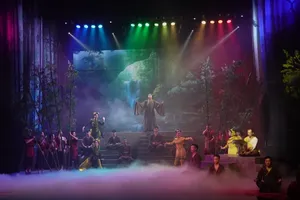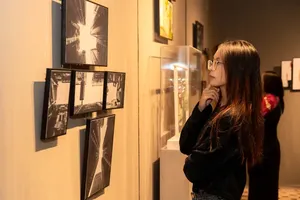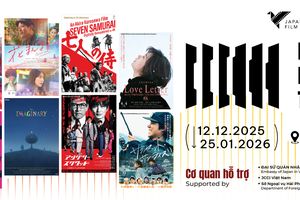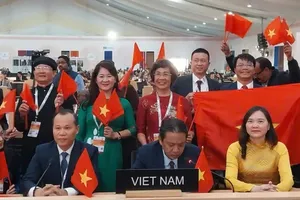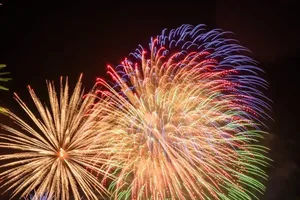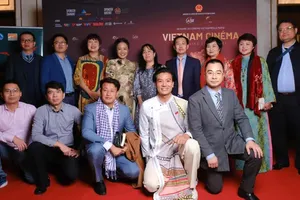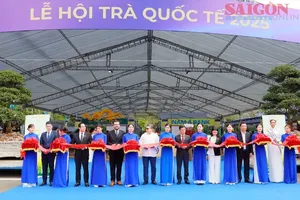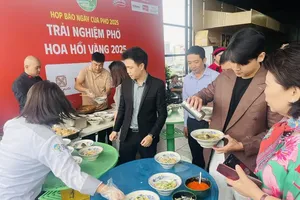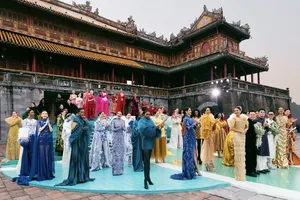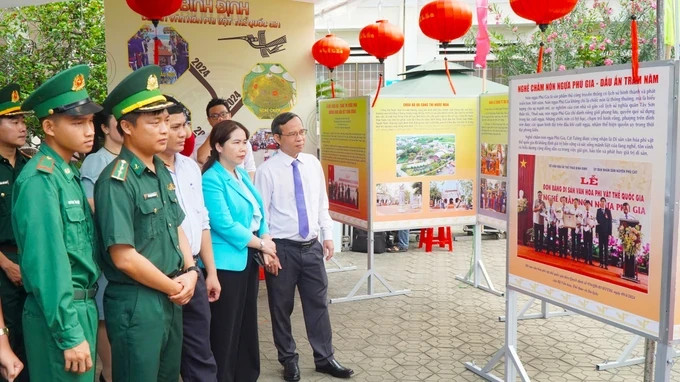
The exhibition titled “National Intangible Cultural Heritage in Binh Dinh Province—A Convergence of Colors” displays 135 images and artifacts of nationally recognized intangible cultural heritage.
The event also introduces the culture, natural landscapes, and people of Binh Dinh Province to locals and international visitors.
In addition, there is also an area for organizing traditional art performances of Bai Choi singing, Hat boi (classical Vietnamese opera), and Binh Dinh traditional martial arts.
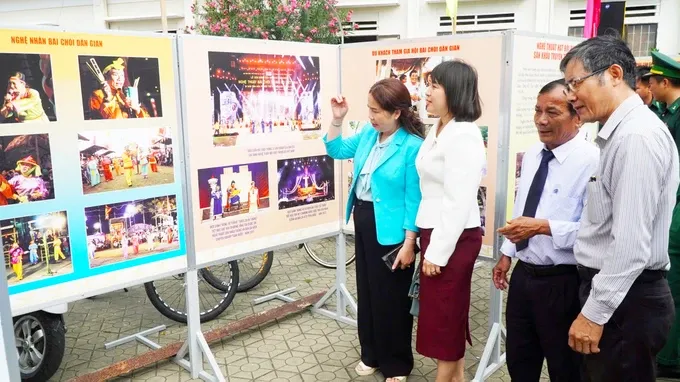
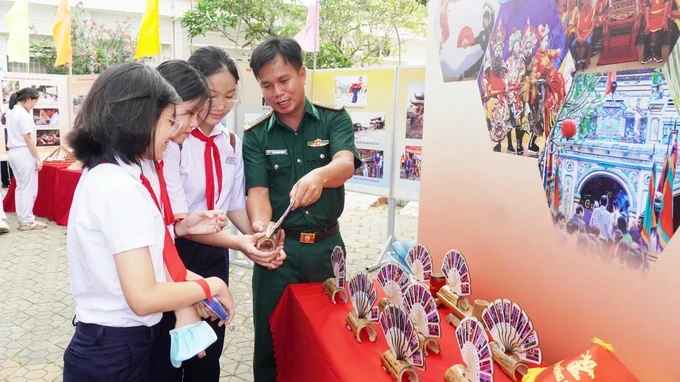
By 2025, Binh Dinh Province has six types of national intangible cultural heritage, including Binh Dinh traditional martial arts, Bai Choi singing, Hat boi (classical Vietnamese opera), Ba (local tutelary goddess) Pagoda-Nuoc Man Trading Port Festival, Phu Gia “horse” conical hat making, and Le Cau Ngu (Whale Worship Festival) Van Dam Xuong Ly.
Specifically, Bai Choi singing, a folk music genre practiced in Vietnam’s central region, was added to the UNESCO Representative List of the Intangible Cultural Heritage of Humanity in 2017. The recognition was made during the 12th session of the UNESCO Intergovernmental Committee for the Safeguarding of the Intangible Cultural Heritage in Jeju, the Republic of Korea (RoK), on December 7.
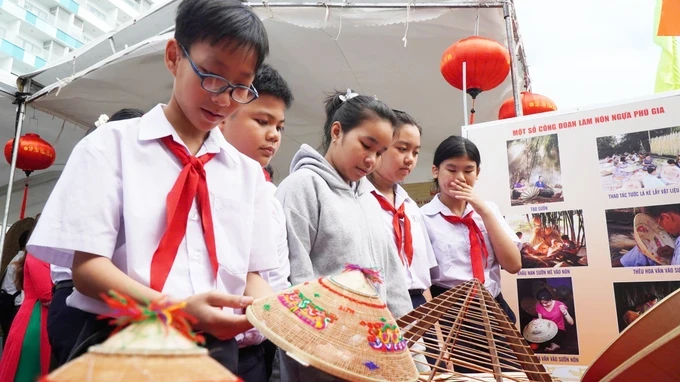
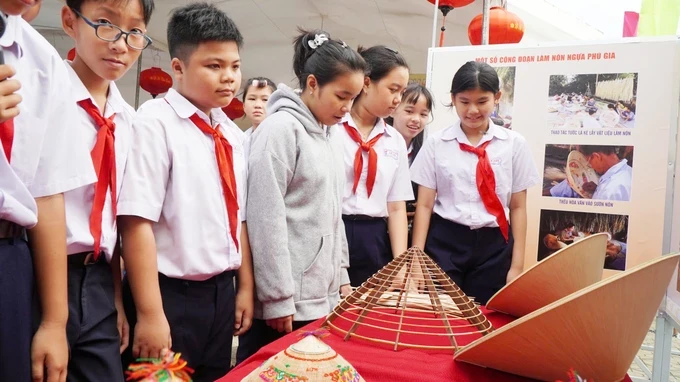
Deputy Prime Minister Mai Van Chinh has approved the submission of a proposal to UNESCO for the inclusion of "Binh Dinh Traditional Martial Arts" in the Representative List of the Intangible Cultural Heritage of Humanity.
Binh Dinh is one of the cradles of Vietnam’s traditional martial arts. The province is currently home to hundreds of folk martial arts clubs with thousands of artisans, including four Meritorious Artisans, two international martial art masters, 26 national martial art masters, 12 martial art masters, 73 martial art masters, 57 qualified martial art instructors, and 415 coaches.
The exhibition, “National Intangible Cultural Heritage in Binh Dinh Province—A Convergence of Colors,” will run until May 15.
